Funny thing just occurred to me while I was taking a course on PRINCE2, which is a Project Management matrix. The course is very interesting but also extremely dry. Think Gobi dessert or the Sahara and Kalahari combined – that dry. Yuck!
Anyway, while I was taking notes on the seventh principle of PRINCE2, ‘learning from experience’, I had an epiphany. My mind somehow went back in time to July 2019, when after landing in Bucharest at the beginning of our Romanian journey, we went to Brasov looking for an exchange house to get some local Romanian New Leu (RON) currency. By and by, I just had another Eureka moment. We kinda left a lot of doe in the old country. But it was well worth it.

I believe we spent some CAD 12,000 all in all, including the airfare. Don’t get me wrong. It was all worth it. Every red cent of it. But coming to think of it, we made a lot of restaurateurs, hoteliers, inn keepers, museums, attractions, you name it – happy. I mean we were dispensing money like there was no tomorrow. And I think I know why we did that.
You see, this was the old country that gave us birth we’re talking about. And no matter what people tell you, it does make a difference if you spend money on a trip to the old country vis-à-vis going to Mexico, Spain, Switzerland, or Djibouti. In the case of Romania, the people there speak your language, and you get them. For all the other, they don’t and even when you find a medium of communication, it ain’t the same.
The feel of belonging is absent when you tour the world. Even when they make you feel at home, they don’t speak your language. This is not an argument for nationalism, that crazy doctrine that led myriads to their death. This is an argument for knowing what to expect, with no surprises, because you not only catch the meaning, but also the nuance, hints, innuendos, and everything in between. No matter how proficient one is in a language, one cannot penetrate and reach the deepest recesses of a language one is not born into.



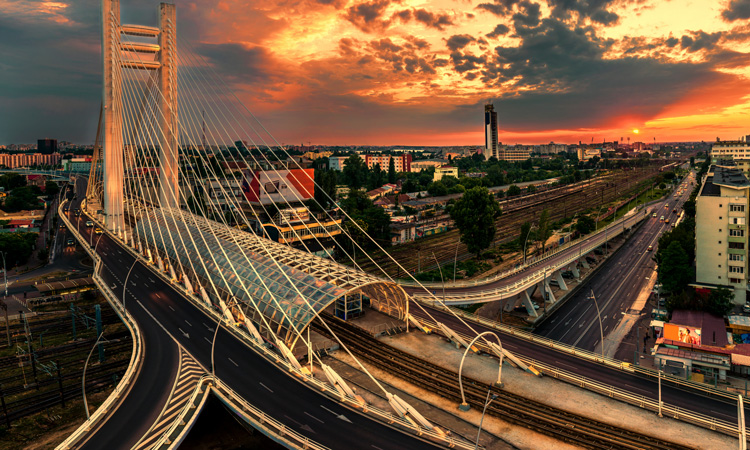


Let me tell you one thing. Among all the things that Romania managed to get right was the fact that it started paying attention to public transportation and its neglected road system. Speaking of which, in August 2020, the EU reconfirmed its funding for the A3 highway, which will long lastly unite Western Europe to Romania. When completed, the A3 will be one of the longest and most modern high speed land link in Europe.
Furthermore, I got to thinking of how far the country had advanced since we had left. My wife left Romania for the New World in 1992, and I did the same in 2006. In the intervening almost three decades, things changed a lot. I mean a LOT. When we left, Romania was just entering the free market economy and democracy was on its way to being restored. When we returned, democracy was front center, the free market reigned supreme, and from a country of net migration, Romania had become a country of both migration and immigration.
Romania today
Come to think of it, when we went to the Antipa Natural History Museum in Bucharest, we noticed Chinese-Romanian, Arabic-Romanian, Turkish-Romanian kids. I won’t even mention the Sri Lanka people working at the Water Park in Brasov, or the throngs of Jewish and Indian tourists, myriads and myriads of them, visiting the capital city and the seaside resorts. Quite understandable, after all which European country is more welcoming, relatively cheap, and as safe as Romania? Not many can fit the profile nowadays.
However, the funny thing is that most Romanians do not vacation domestically anymore, at least not overwhelmingly. Today, so many of them take over the Bulgarian and Greek all-inclusive seaside resorts, that the locals have started learning Romanian. It’s insane, I tell you! If the current trend holds another generation or so, the Bulgarian and Greek schools in the littoral areas will introduce Romanian as a second language, just to cope with the influx of Romanian speakers. This move is sure to bring lots and lots of Euros into their depressed economies.
And here is where the situation becomes a tad ironic. Three decades ago, Romania was a country of net migration, with the majority of population living in relative if not stark poverty. At the beginning of the 1990s, Romanians and Bulgarians used to be the poor cousins from the East. Today, Romanians have stopped exploring their own beautiful country, and started to venture in the neighbouring countries, exporting both their hard cash and language. In relative terms, it’s more expensive to vacation on the Romanian littoral, than it is to go to the Gold Sands beaches in Bulgaria. Talk about a reversal of situations.
Foreign tourism in Romania
On the other hand, millions of foreigners come to Romania to relax, gamble, or for health tourism. Speaking of foreign tourists, we struck a conversation with a cab driver in Bucharest, who confessed to one of the best open secrets of the day. Apparently, the 200,000 Israeli tourists who came to Romania in 2018, chose Romania because of three factors: beautiful women, accessible gambling, cheap private health care.



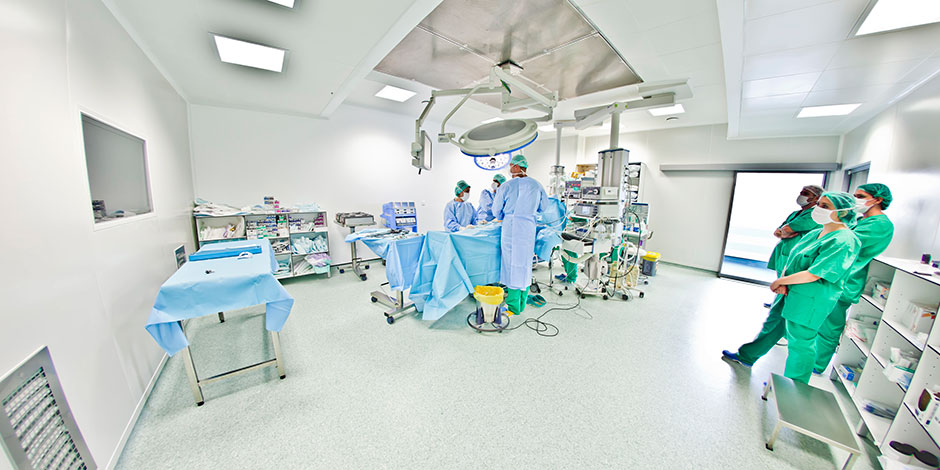
Wikipedia instructs us that Romania’s tourism sector had a direct contribution of EUR 5.21 billion to the Gross Domestic Product (GDP) in 2018, slightly higher than in 2017, placing Romania on the 32nd place in the world, ahead of Slovakia and Bulgaria, but behind Greece and the Czech Republic. The total tourism sector’s total contribution to Romania’s economy, which also takes into account the investments and spending determined by this sector, was some EUR 15.3 billion in 2018, up by 8.4% compared to 2017.

As for Romanian tourists to Bulgaria, according to Bulgarian Ministry of Tourism, Romania has become last year the main source of foreign tourists for Bulgaria, with 1.38 million tourists, up 21 percent against 2017. Most foreign tourists came in 2018 from Romania, Bulgaria’s northern neighbour. In 2017, Greece was the main source of foreign tourists in Bulgaria but was overtaken by Romania the following year. Greece and Germany ranked second and third in 2018, with over 1.2 million and 850,000, respectively, according to official data.
Romania and Bulgaria are fast becoming intertwined economies. When it comes to summer tourism, Bulgaria is the go-to destination for fun-loving, fine cuisine afficionados, and fine golden sand Romanians.
Much has been said about the economic juxtaposition internal to the EU of Romania and Bulgaria. I am not so sure that is the case. I mean Sofia is amazing but so is Bucharest. And in addition to the capital city, Romania has Moldavia, Bukowina, Transylvania, Banat, Dobrudja, which are basically the crown’s gems.
Yet there is something to be said about Bulgaria. It is fascinating how much they’ve come in the last 30 years as well. Romanians used to joke about Bulgarians that they had thick skulls. I am not sure that is really a defect. I personally consider it an endearing quality, the stuff that makes countries change their fortunes. Incidentally, my dear grandmother, who had a smidge of Serbian blood in her, used to tell me that between Serbian and Bulgarian stubbornness, she couldn’t tell who was more hard headed.
Anyhow, Sofia is a beautiful city surrounded by the Vitosha (Scombrius) mountains.

And who knew they had such beautiful and high mountain peaks, so close to their capital city.

And between the Balkans and the Rhodope Mountain ranges, with its vast centuries old forests, Bulgaria is fast becoming a favourite destination for hiking, mountain sports, and why not, hunting the majestic wild boar.

Incidentally, I didn’t know Sofia was so nice. No wonder the Swiss-born Bulgarian musician Valdi Sabev chose to return to the land of his forefathers. No wonder!
Sofia in 2020
Bulgaria’s Black Sea renown beaches
Sofia’s infrastructure and architecture
Varna and Nesebar (ancient Messembria)
Sunny Beach (the TV show and seaside resort), expensive cars, and a beautiful grade teacher

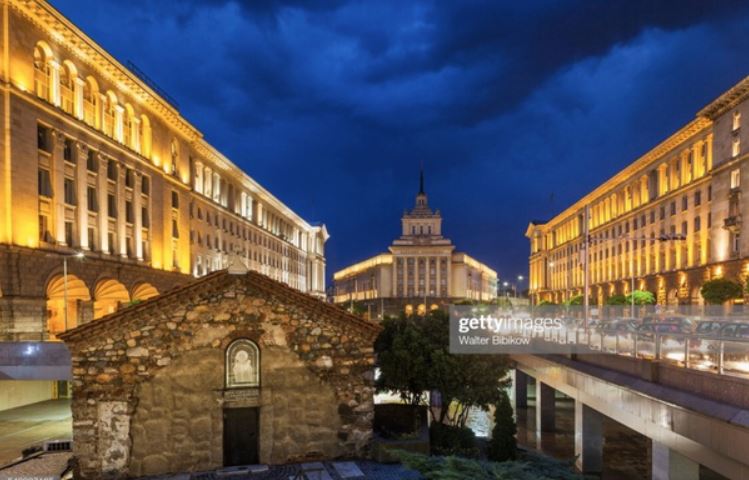
I am a firm believer of giving credit where credit is due. That’s why I wanted to mention this Quora answer, which provided me with this photographic glimpse into the Bulgarian 21st century revival.
Is Bulgaria becoming a mono-economy?
If I was to venture a thought, perhaps a crazy one, I’d say that Romanian tourists’ money are about to transform Bulgaria, and to a lesser extent Greece, into tourist traps, and by extension into dedicated mono-economies. Mono-economies are defined by their reliance on one type of industry. Like oil, coal, uranium, or any other such commodities and minerals, mono-economies are extremely reliant to the resource to which they’ve proverbially ‘hitched their wagon’.
In my internal musings, I made the linkage between the RON and EURO-based tourism economy spawned by Romanians visiting and relaxing in Bulgaria today, which will stimulate the local economy but only in one direction: tourism.
Fact is this has the potential to engage Bulgaria in a downward spiral. I know, what I say is counter-intuitive if not outright false. Please bear with me. Romanian hard currency is positively reinforcing Bulgaria’s tourism infrastructure. Hence, it will continue to grow and develop. However, Romanian tourists like so many other before them will grow tired of the same ole’ sand dunes and crystalline waters. Dumb but true!
I estimate that once they reach the stage of discerning customers, they will move in bulk towards sunnier pastures, even though this move might come at a premium. When this happens, and the majority of Romanian tourists, making more money each year, will go to Crete, Egypt, Morocco, Tunisia, Italy, Red Sea, Africa, East Asia, Seychelles, or Dubai instead, then Bulgaria will be left holding a very hot potato.
My point is that any country that bases its economic future on tourism is betting on a lot of variables coming through year after year.
The Lesson of Western economic sanctions on Russia
Let me give an example of a moral hazard that occurred when Russia was hit by Western economic sanctions a few years back. In 2013-14, Ukraine entered an era of political instability. Russia occupied Crimea, and the West responded with sanctions increasing in severity, meant to dissuade Russia and perhaps bring it to the negotiating table. At least that was the EU and America’s game plan.
What happened was quite the opposite. After a serious setback, which the West dubbed a recession, Russia’s oil-revenue based economy made a comeback, and diversified. Faced with food shortages, and a lack of Western-made consumption goods, Russian companies raised to the challenge, innovated and started producing Western-quality products for the domestic market. Some of these products are also being exported into the Chinese and other markets.
Which brings us to the seventh pillar of PRINCE2.
Learn from Experience – Save or Diversify

If Bulgaria wants to take a page from Russia’s coping strategy with Western economic sanctions, it could diversify its economy beyond tourism, evolving like Romania in the direction of IT startups, or production of consumer goods, vehicles, or electronics. A few mono-economies oil-economies like Norway have chosen to either save into a an Oil Pension National Fund, or like Qatar, which elected to develop its own Silicone Valley instead.
The Norwegian Government Pension Fund Global or Statens pensjonsfond Utland
The Fund is the 3rd largest such fund in existence in the world. It is currently valued at USD1,108 trillion, that is 1,108 billion dollars. It is estimated to reach a maximum worth of USD3.3 trillion by 2030. Given Norway’s current population of 5.5 million, each Norwegian citizen has a share equivalent to USD200,000.
As always, Wikipedia teaches us that the Government Pension Fund Global is invested in international financial markets, so the risk is independent from the Norwegian economy. Over 9,158 companies in 73 countries are invested in the fund (2019). On 25 October 2019, the fund’s value reached 10,000 billion Kroner, according to its official website.
So, yes, Bulgaria would do well to learn from both Norway and Qatar, and start saving the money foreign tourists bring each year. Because in the end, if one consumes everything it produces, one is left with no bacon at the end of the fall. State actors and private individuals are in the same boat when it comes to saving for a rainy day. If you don’t make hay while the hay is making, you gamble with your survival.
But enough with the dreary economics stuff, ya basta already. It is time for something easier on the eye…
Romanian women are extremely beautiful, as are Bulgarian ladies.
And since I tried to pit Romania against Bulgaria as fairly as any Romanian-born person could (or would), I give you Antonia Iacobescu, who moved with her parents to the USA where she lived her formative years. She later moved back to her native land, which did not surprise me at all.




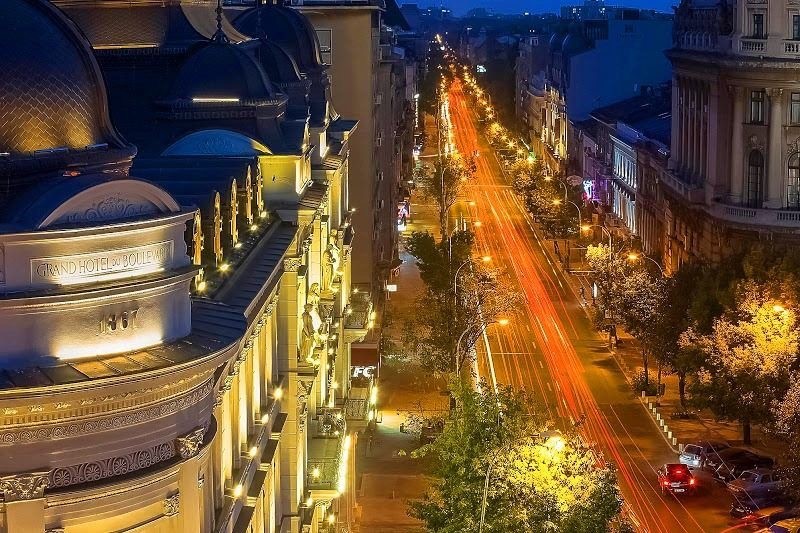





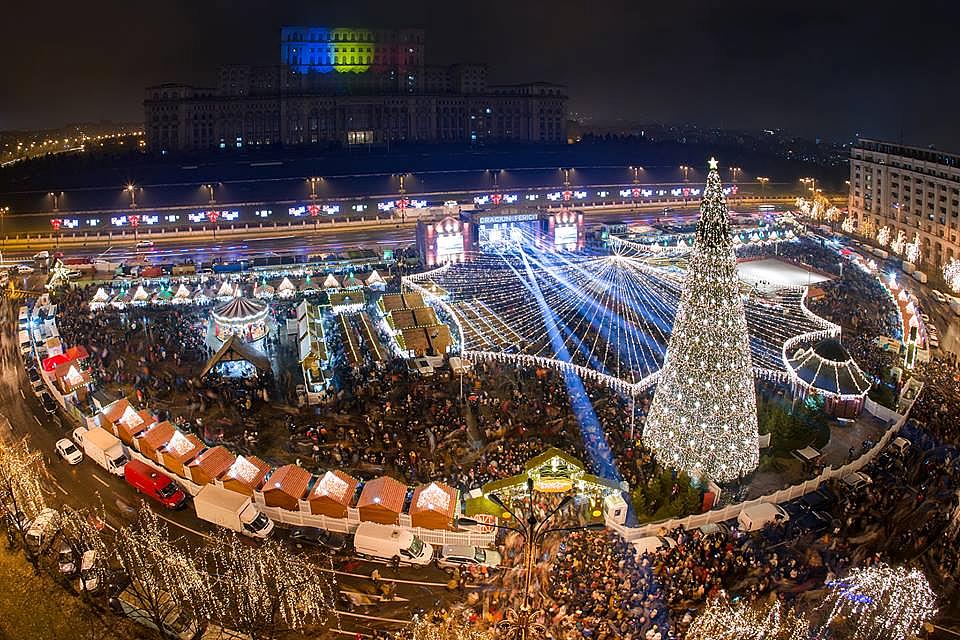


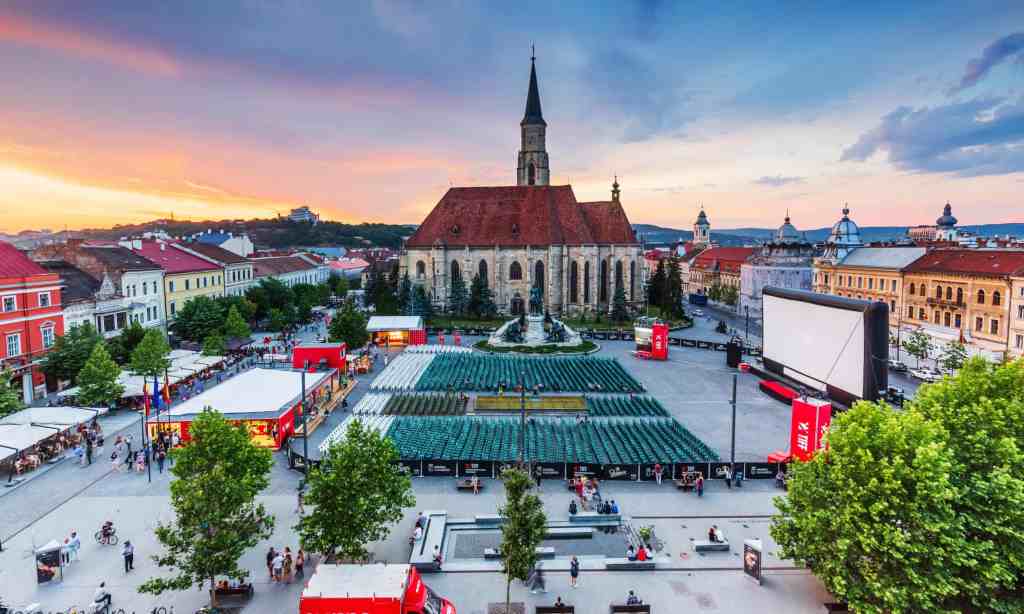

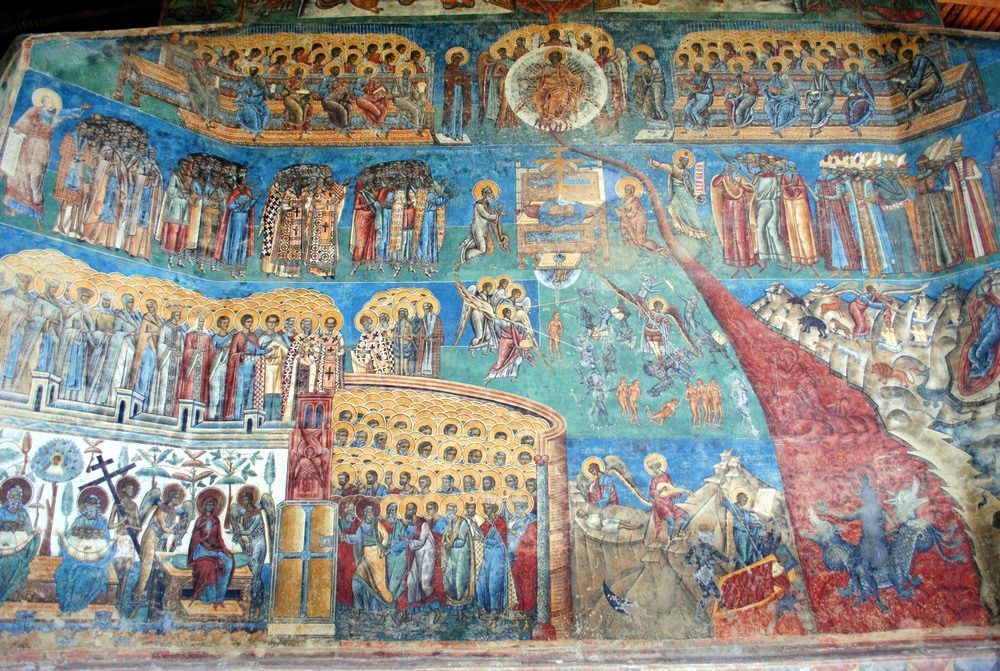

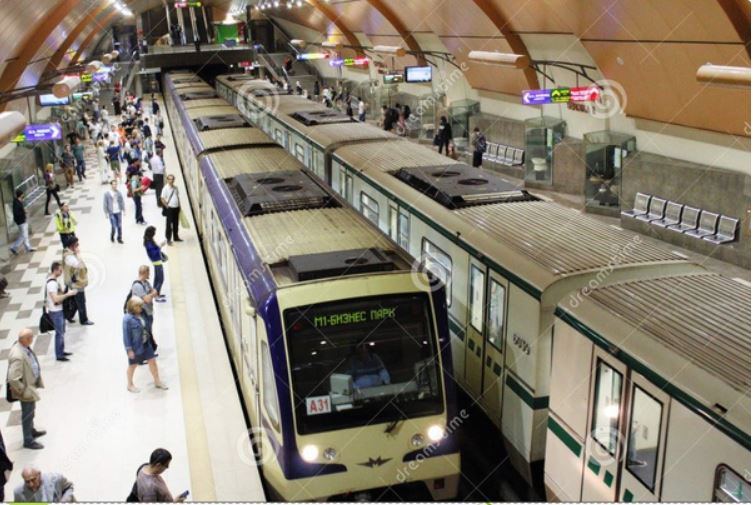

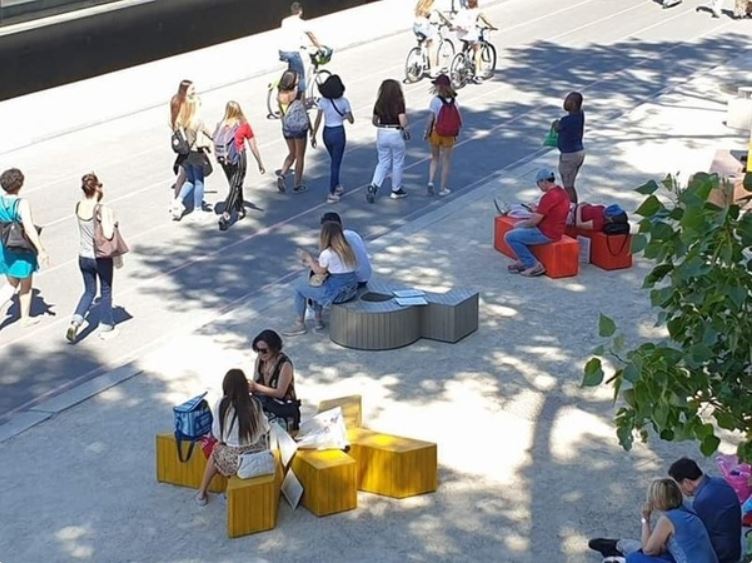
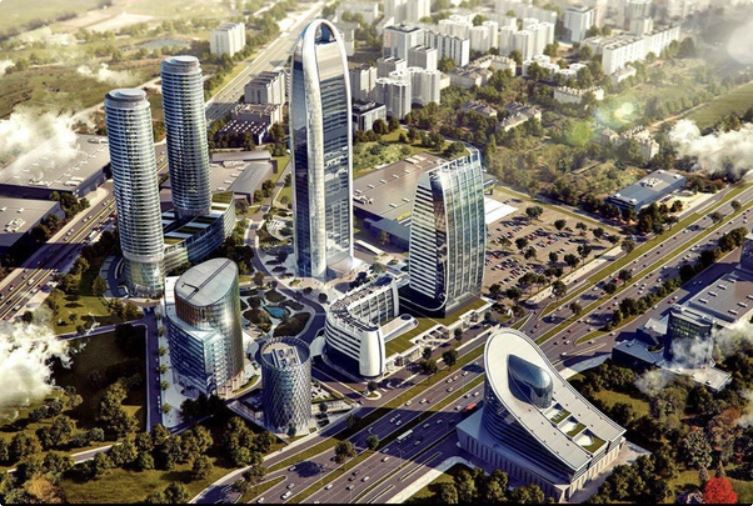
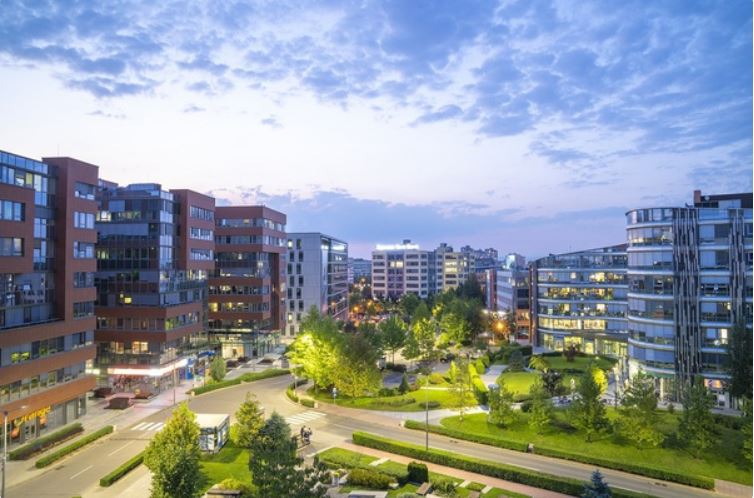

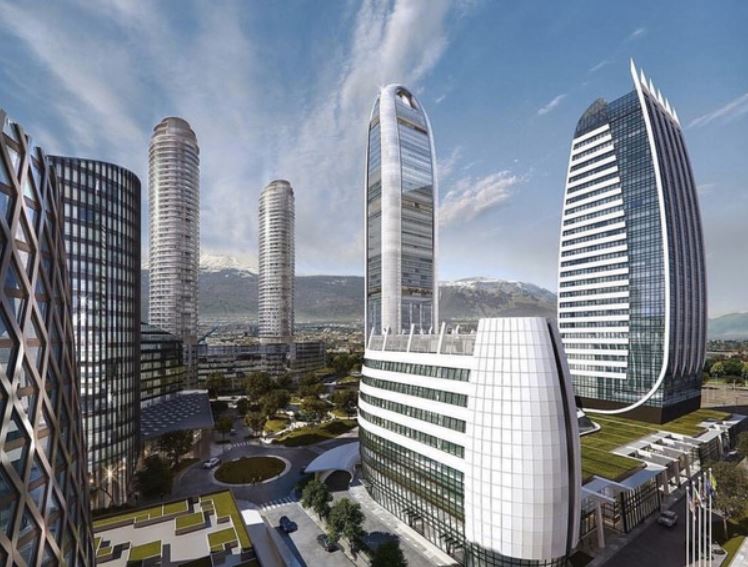



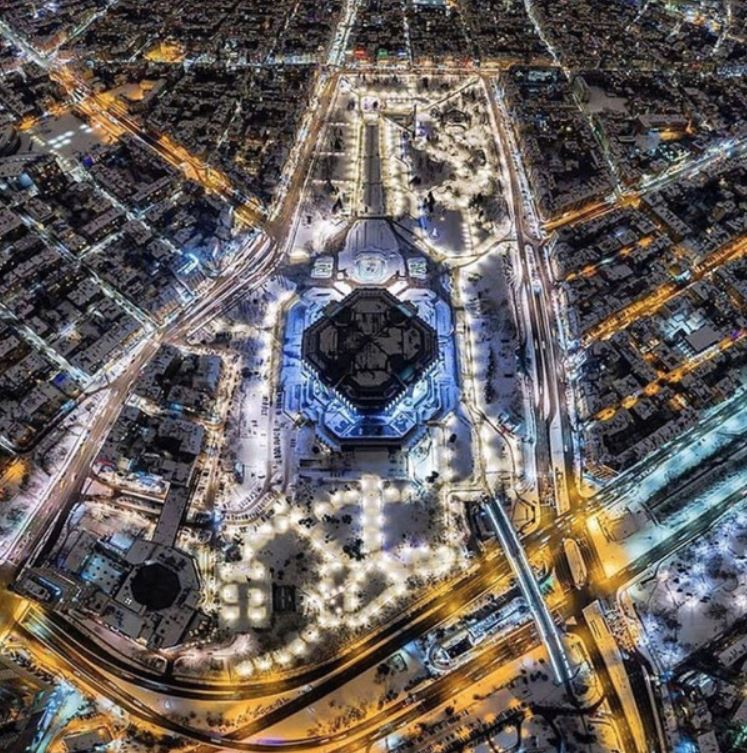
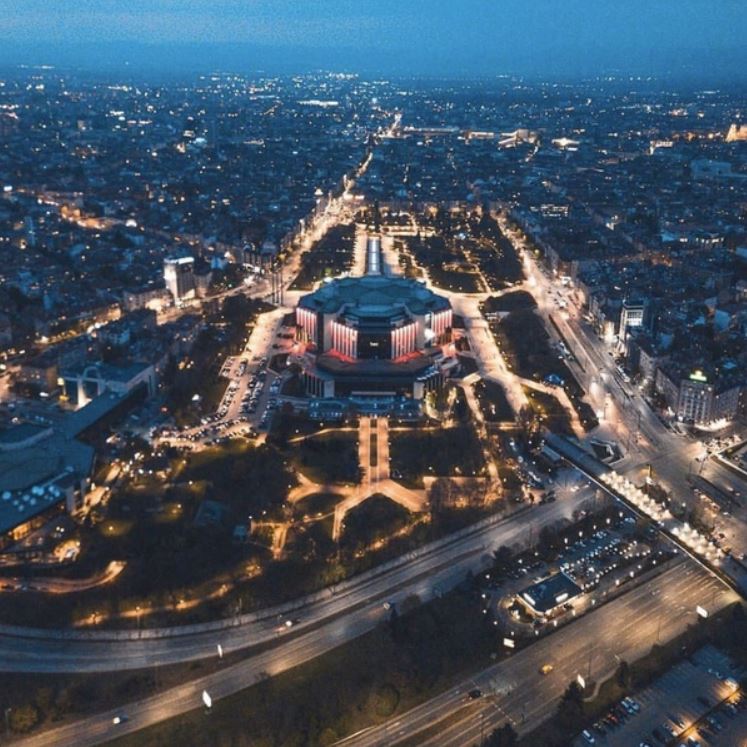



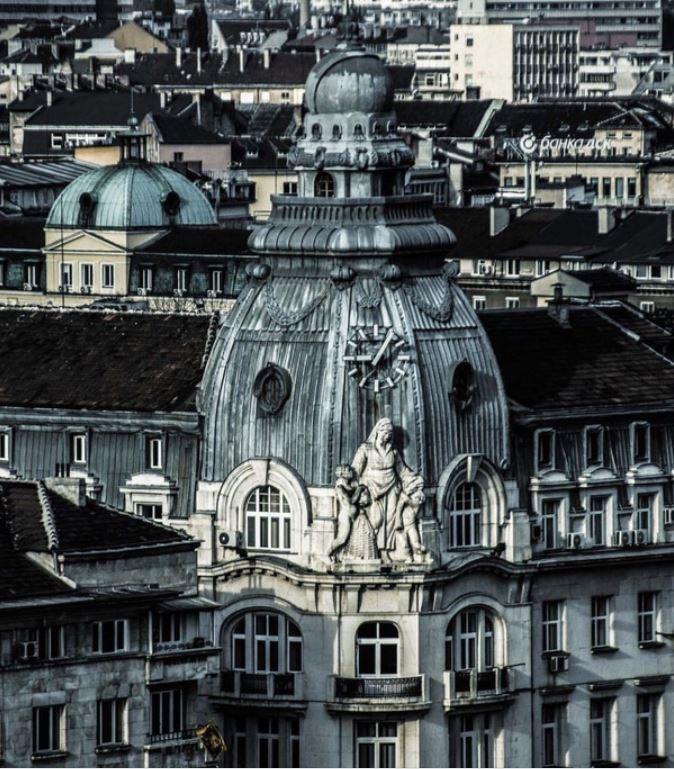



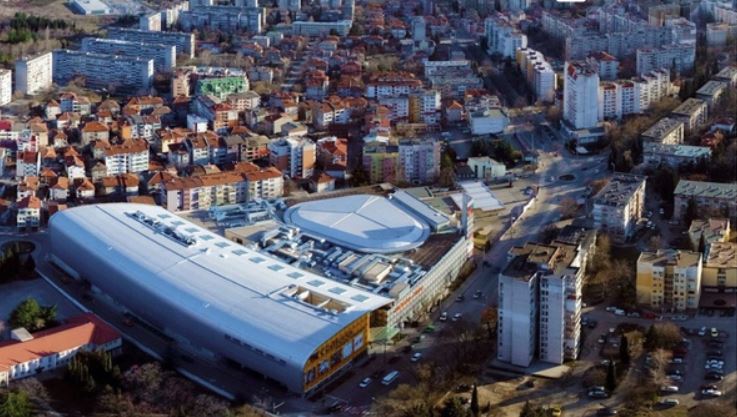








Appreciation to my father who told me concerning this website, this weblog
is in fact awesome.
LikeLike